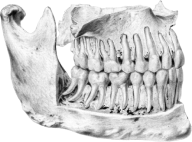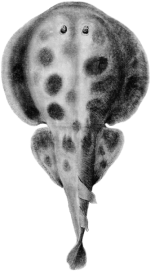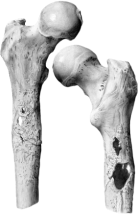
The Birth of Plastic Surgery, by Henry Tonks, 1916
War, Art and Surgery: The art of Henry Tonks and Julia Midgley
14th October 2014–14th February 2015
To mark the centenary of the outbreak of the First World War, the Hunterian Museum is staging the exhibition War, Art and Surgery.
Visitors will have the rare opportunity to explore the relationship between war and surgery, past and present. With unprecedented access to military facilities, the artist Julia Midgley has created over 150 pieces of reportage artwork representing military surgeons in training and recently wounded soldiers on their road to recovery. Julia's work will be exhibited alongside all 72 of the College's striking pastels of wounded servicemen by surgeon-artist Henry Tonks from 1916-1918.
Generously supported by Arts Council England, the Sir James Knott Trust, the Frances and Augustus Newman Foundation, Liverpool John Moores University and the Fellows and Members of the Royal College of Surgeons of England.
War, Art and Surgery: Works by Julia Midgley
A changing selection of four artworks by reportage artist Julia Midgley will be displayed in the foyer cases of the Royal College of Surgeons. They have been selected from over 150 works Midgley made over eighteen months observing military surgical training and rehabilitation at Headley Court, York, RCS and other sites. These examples will be exchanged every few months to demonstrate the diversity of this work which can also be seen in the main War, Art and Surgery exhibition in the Hunterian Museum.
Surgeons, the Great War and the RCS
The Royal College of Surgeons holds in its collections a number of portraits of surgeons who served in the military, and to commemorate their contribution during the First World War six have been selected and are on display on the ground floor of the College.
All were knighted for their role in improving medical provision for the army; four served as Presidents of the RCS, and one as Dean of the FDS.
These are only six of the tens of thousands of medical officers, nurses, orderlies and stretcher bearers contributed to the life-saving work of the medical services during the Great War.


